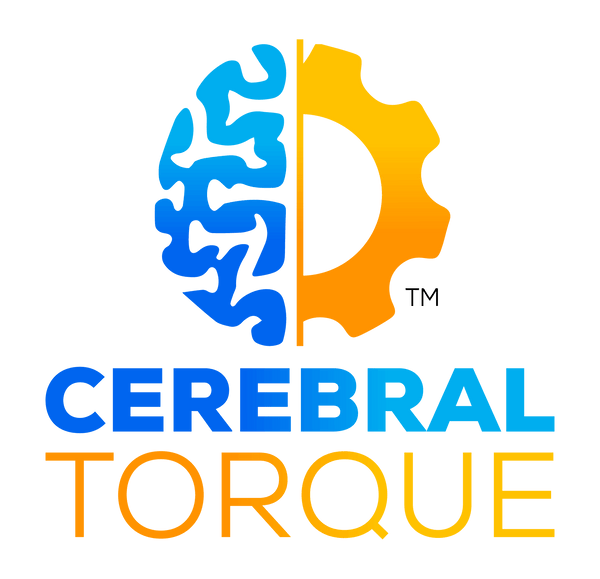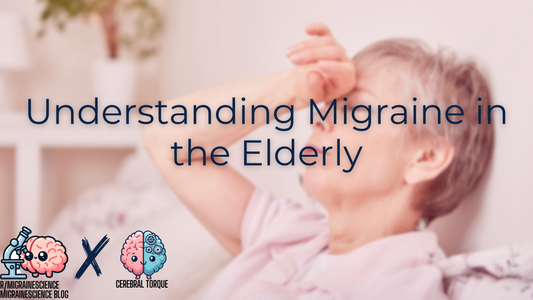The Two Migraine Pathophysiology Theories
Cerebral TorqueShare
Migraine Pathophysiology Theories
1. Trigeminovascular System (TGVS) Theory
The TGVS theory combines blood vessels, nerves, and neurotransmitters to explain migraine pain.
Key Components:
- Dura mater (outer layer of the brain)
- Intracranial vessels (blood vessels in the skull)
- Trigeminal nerve perivascular fibers (nerve fibers around blood vessels)
- Trigeminal ganglion (TG, a group of nerve cells)
- Trigeminal nucleus caudalis (TNC, part of the brainstem)
- Hypothalamus (a region of the brain)
- Cerebral cortex (outer layer of the brain)
Process:
- A noxious stimulus (harmful trigger) activates trigeminal nerve fibers
- Nociceptors (pain receptors) at the nerve endings are activated
- Vasoactive peptides are released:
- Substance P
- Neurokinin A
- Calcitonin gene-related peptide (CGRP)
- Neurogenic inflammation occurs in the dura mater and areas supplied by the trigeminal nerve:
- Excessive vasodilation (widening of blood vessels)
- Mast cell degranulation (release of inflammatory substances)
- Plasma protein extravasation (proteins leaking from blood vessels)
- Release of inflammatory mediators like serotonin
- Central sensitization develops:
- Pain signals travel to neurons in the trigeminal cervical complex then the thalamus and, finally pain signals reach the frontal lobe, cingulate gyrus, and parietal lobe
2. Cortical Spreading Depression (CSD) Theory
CSD theory focuses on changes in brain cell activity and local (not systemic) ion concentrations that lead to migraine symptoms.
Process:
- Changes in local ion concentrations:
- Potassium (K+) and hydrogen (H+) ions move in and out of cells
- Sodium (Na+), calcium (Ca2+), and chloride (Cl-) move into cells
- Water molecules follow, causing cell swelling
- Cellular effects:
- Slow-conducting waves of depolarization in neurons and glial cells
- Temporary inhibition of synaptic activity
- Calcium overload:
- Induces transient oxidative stress
- Promotes generation of reactive oxygen species (ROS)
- Activates transient receptor potential subtype anchor protein 1 channels
- Inflammatory response:
- Opening of neuronal pannexin 1 channels
- Activation of cystatinase 1
- Release of high mobility group box-1 protein
- Activation of nuclear factor kappa-B signaling in astrocytes
- Production of inflammatory cytokines (IL-1β, IL-6, TNF-α)
- Increased Toll-like receptor production
- Mitochondrial involvement:
- CSD may be linked to mitochondrial dysfunction
- Impaired oxidative metabolism leads to decreased energy production
- Results in increased cortical excitability and CSD
Common Elements and Overall Effects
- Both theories involve inflammation and nerve activation as key factors in migraine development
- Trigeminal nerve stimulation is prolonged in both cases
- Sensitization of the dura mater occurs
- The end result is the triggering of migraine headache and associated symptoms

